Quiet Compounders and Bold Fundamentals: The Next Wave of Venture Returns

By Anjeet Khandelwal
Founding Partner
As we enter the latter half of 2025, I find myself reflecting on both privilege and responsibility of being an investor in today’s environment. The past few years have taught us that capital is no longer abundant in the way it once was. Liquidity has tightened, global economies are recalibrating, and investors are being forced to separate hype-driven growth from sustainable value creation.
In our world of venture investing, luck is never enough. Success in this business comes from clarity of thought, patience, and the courage to back long-term fundamentals.
The Current Market Context
Across the globe, we are witnessing a bifurcation in capital flows. AI continues to dominate conversations, attracting outsized attention and valuations. Yet, many of these early-stage AI ventures face the risk of commoditization unless they establish unique moats in data, distribution, or regulation.
At the same time, there is immense potential in sectors that receive far less media attention — such as logistics enablement, compliance infrastructure, financial inclusion, manufacturing digitization, and sustainability-driven supply chains. These are industries where pain points are real, customer adoption is sticky, and unit economics can scale predictably.
For investors, this means two things:
Balancing portfolios between the “next big thing” and the “quiet compounders.”
Acknowledging that resilience is often found in businesses that don’t make headlines.
Key Investment Patterns We Are Tracking
The Return of Capital Efficiency
Gone are the days when growth-at-any-cost was celebrated. Startups that demonstrate capital discipline — extending runway, maintaining lean operations, and optimizing customer acquisition costs — are not just surviving but emerging stronger. Investors who prioritized efficiency over vanity metrics in the last cycle are seeing their thesis validated.Shift From Valuation Multiples to Cash Flow Multiples
Valuations are no longer being justified on revenue projections alone. Investors and acquirers are increasingly focused on gross margins, customer retention, and EBITDA conversion. This change in lens is reshaping the kind of companies that command premium multiples in follow-on rounds.Moats Are Evolving
In AI, moats are shifting from algorithms (which are replicable) to proprietary datasets, specialized distribution channels, and trust with end-users.
In climate tech, the real barriers are forming around regulatory approvals, government partnerships, and capital-intensive infrastructure plays.
In fintech, moats are tied to compliance integrations and ecosystem stickiness rather than just user acquisition.Global-First Thinking
More founders are building with a global mindset from day one — whether through SaaS distribution, cross-border payments, or digital-first health solutions. For investors, this means sharper diligence on regulatory risks, FX exposure, and market-specific adoption curves.
The Investor’s Role Going Forward
In such an environment, what should investors be doing differently? A few principles stand out:
Reframe Due Diligence: Beyond financials, we must assess adaptability — how quickly can a founder pivot in response to market shifts? Resilience is the new growth engine.
Lean Into Second-Order Effects: Instead of chasing trends head-on, look at adjacent beneficiaries. For example, AI infrastructure firms, green compliance software, and digital security companies are all beneficiaries of broader megatrends without facing the full volatility of consumer adoption cycles.
Be Patient With Liquidity: IPO markets and M&A exits are likely to remain muted in the near term. Structuring investments with flexible exit pathways, secondary options, and staged capital deployment will be critical.
Support Beyond Capital: The investors who will win in this cycle are those who bring strategic depth — helping portfolio companies navigate governance, cross-border expansion, and next-round investor syndication.
A Broader Perspective for LPs
For our investor community, this edition is also an opportunity to reaffirm how we are approaching portfolio construction. Our strategy is simple but deliberate:
Anchor investments in sectors with clear demand and sticky economics.
Layer in exposure to high-growth themes like AI and sustainability, but through a lens of defensibility.
Maintain discipline on entry valuations to avoid being trapped by hype cycles.
The underlying goal remains unchanged — to generate long-term, risk-adjusted returns while building relationships with founders who are solving generational problems.
The venture business is, at its core, a game of patience and conviction. This is not about superstition or chance, but about making the difficult choices consistently: backing substance over speculation, resilience over fragility, and discipline over euphoria.
As we move forward, we remain confident that the next wave of value creation will come not just from those who ride the loudest trends, but from those who build quietly, with clarity, purpose, and durability.

